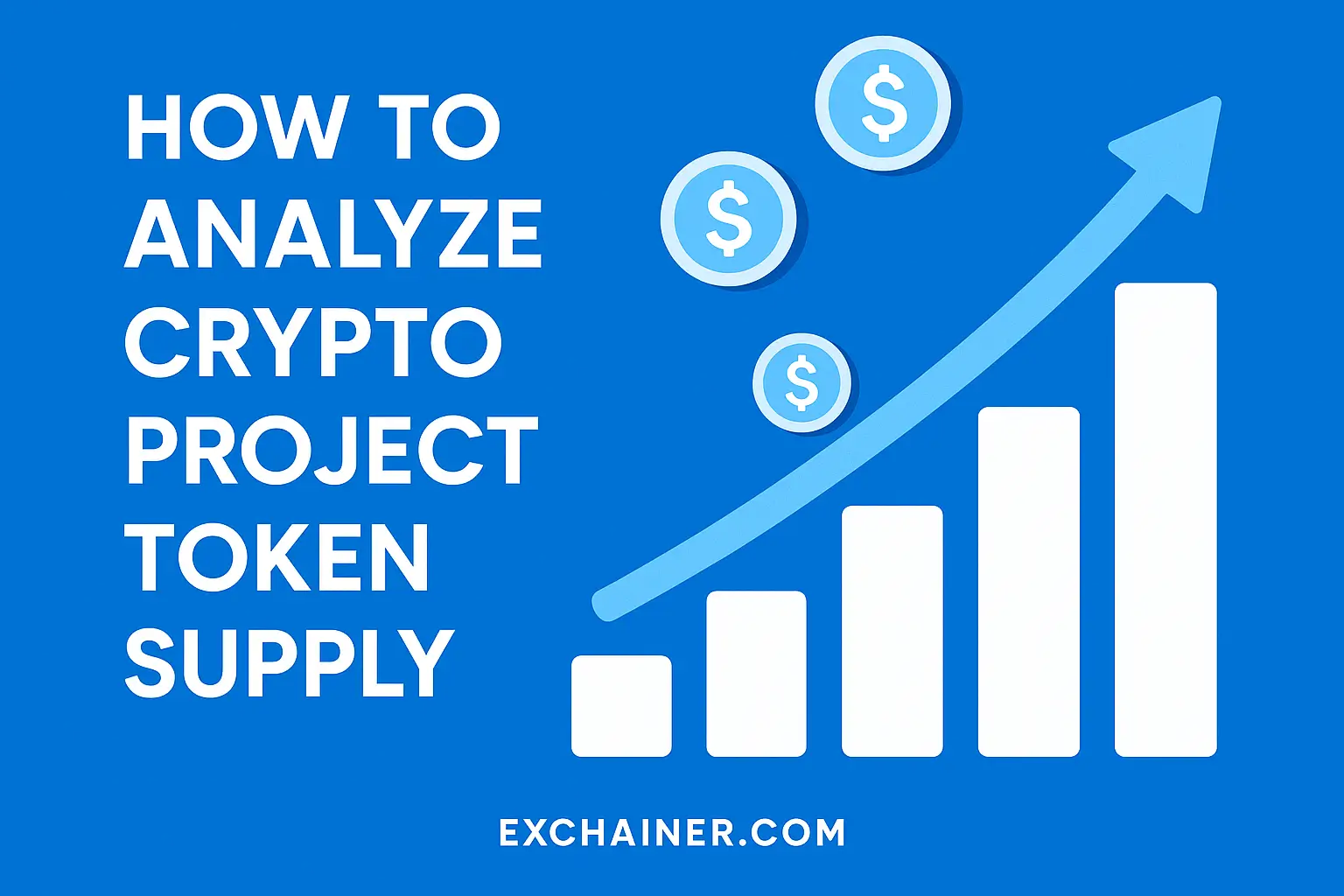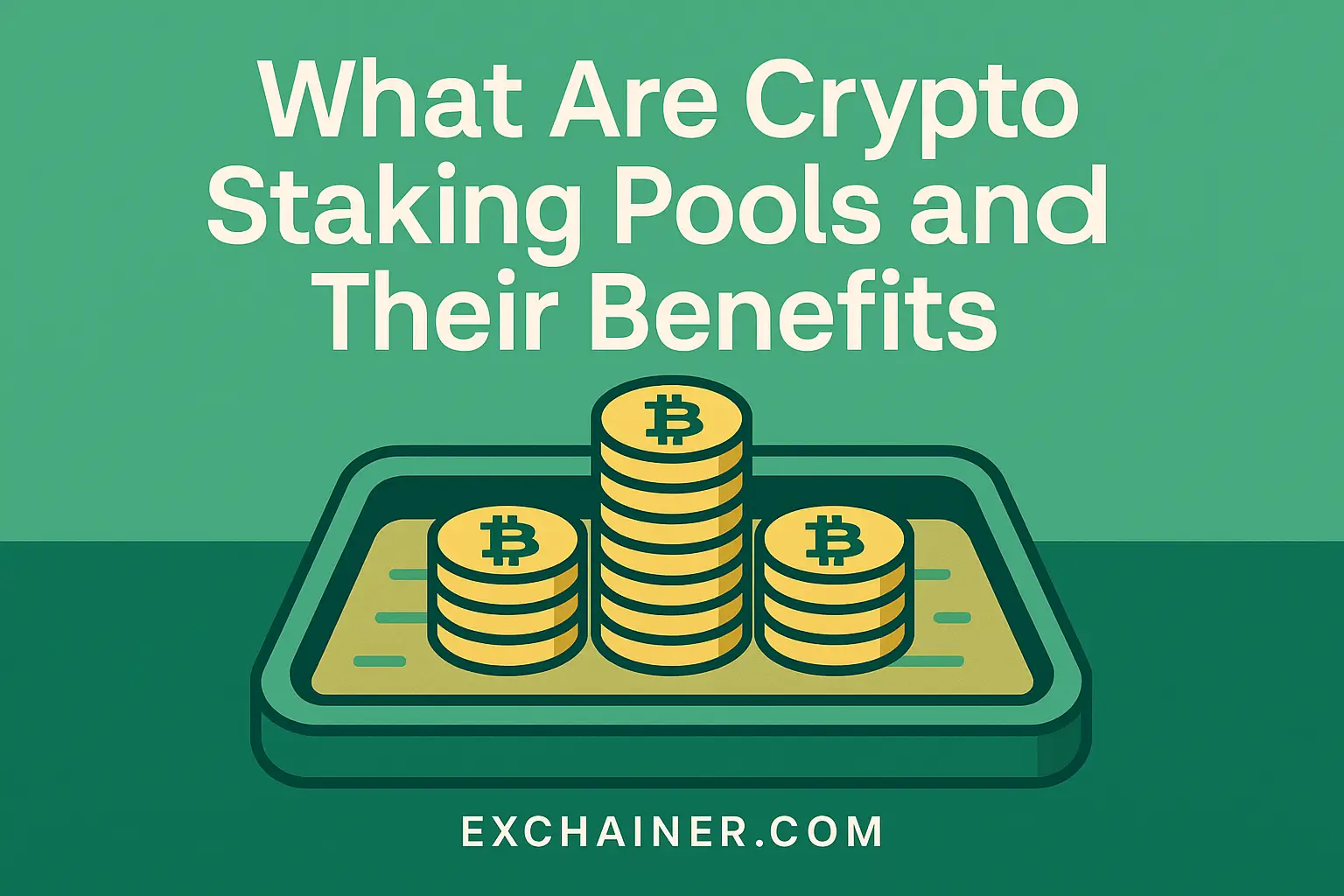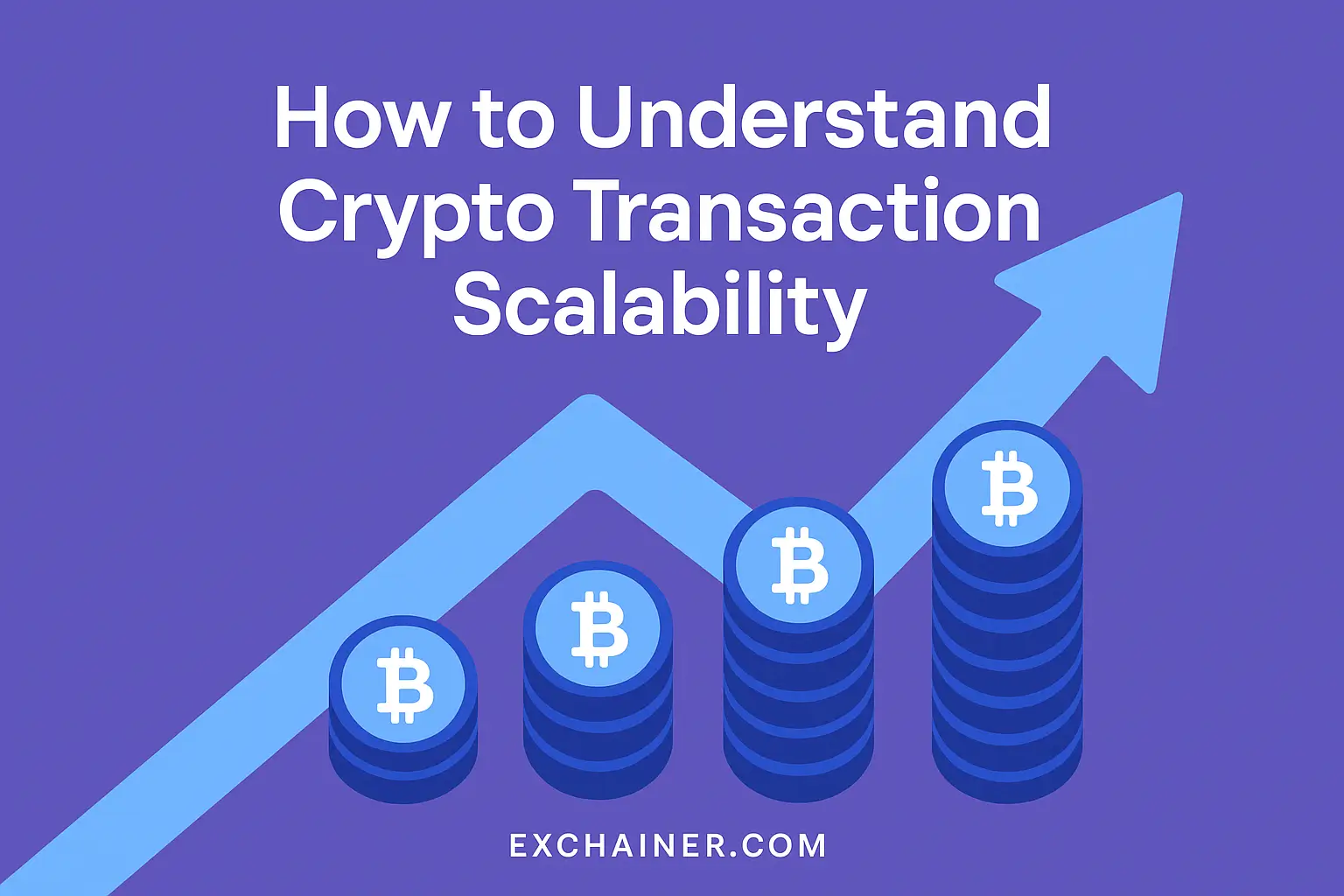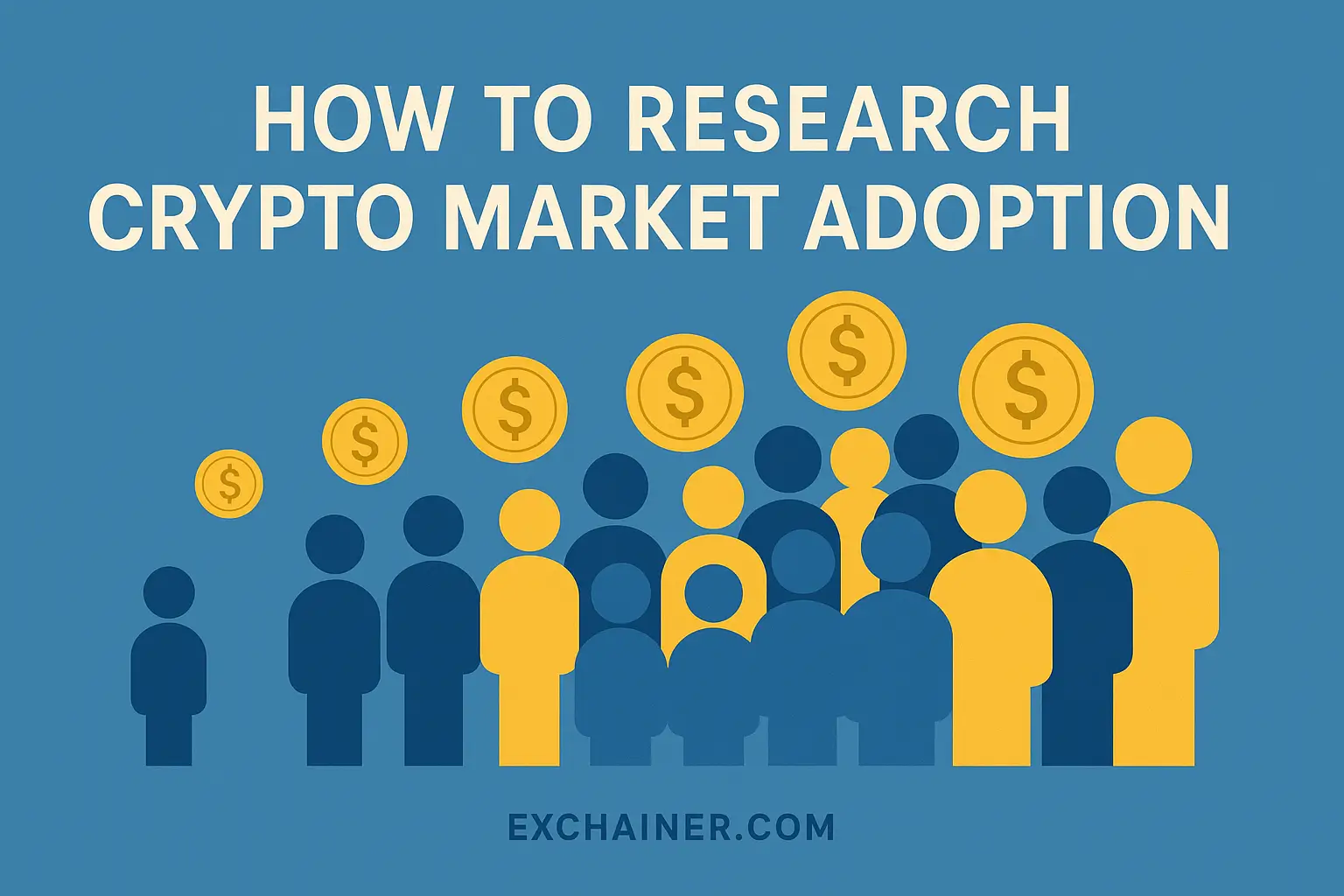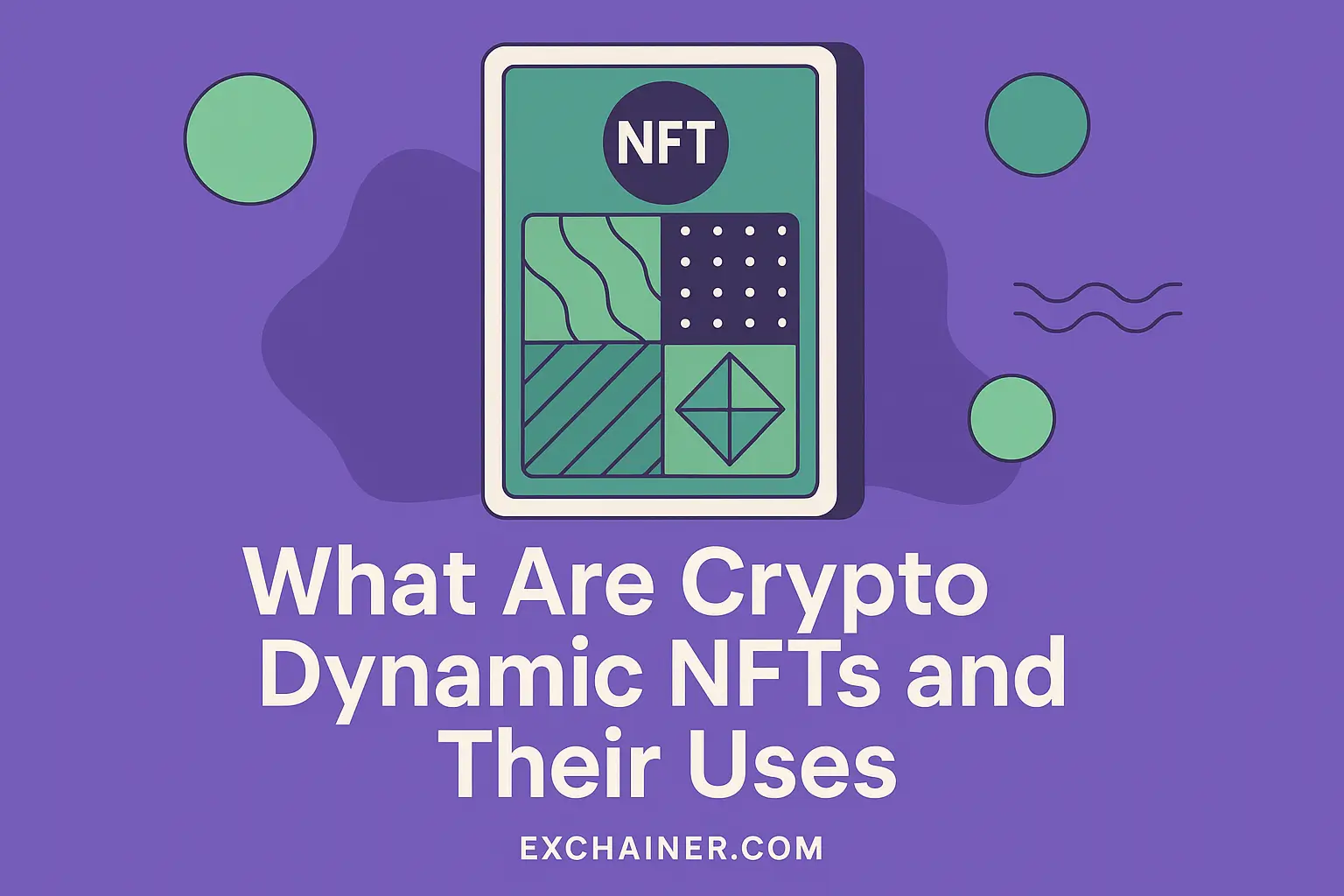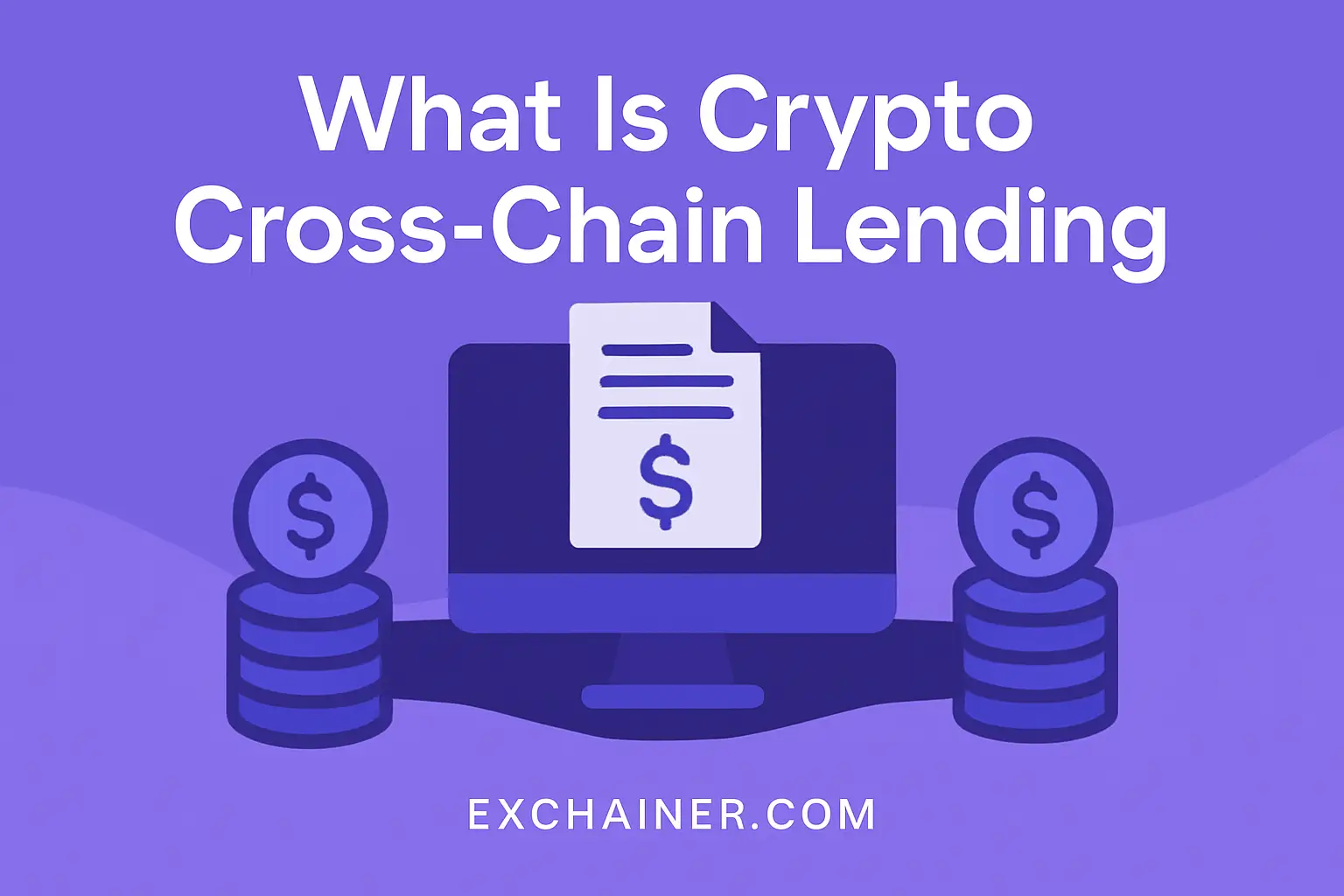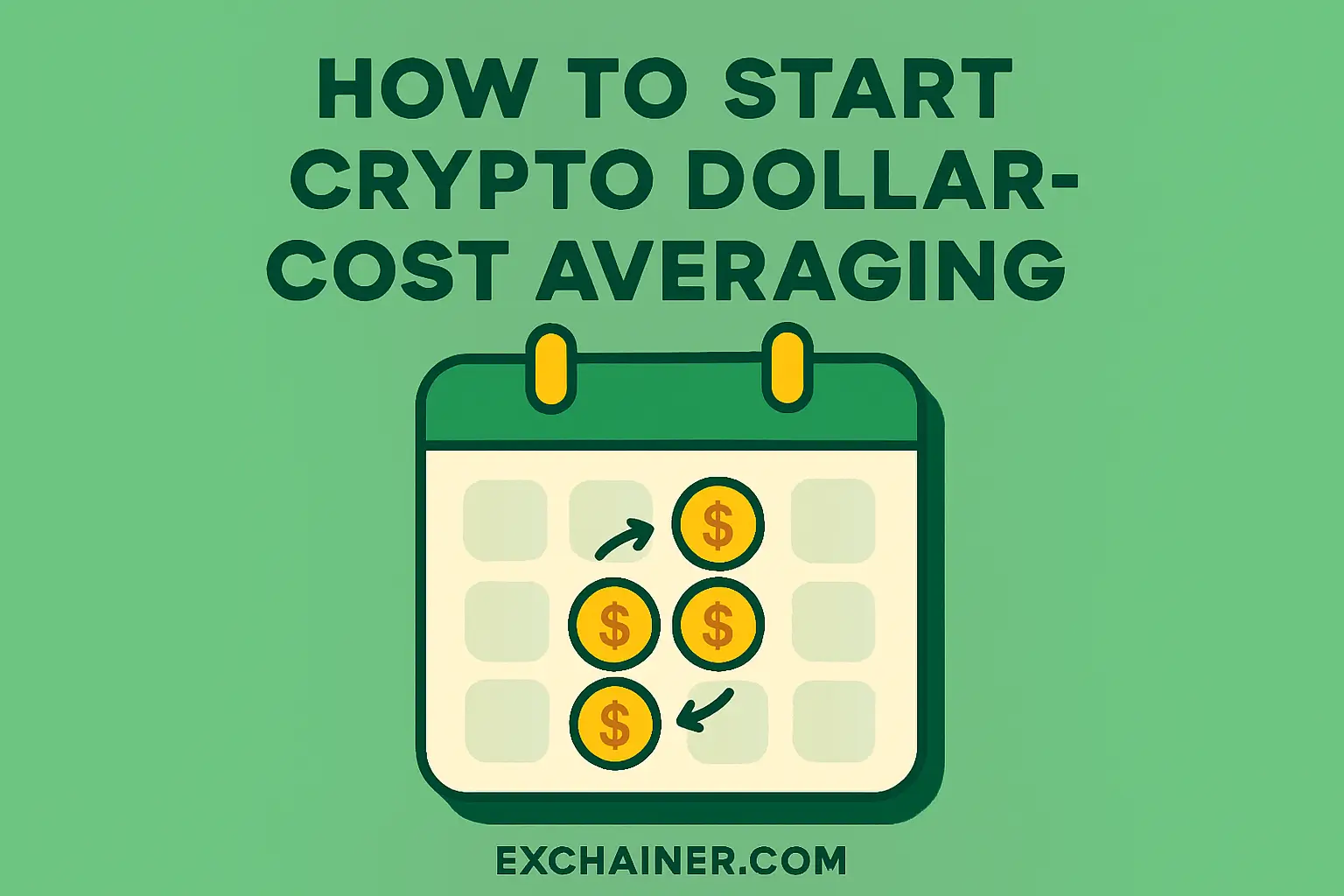Introduction
Friends, diving into the world of cryptocurrencies often feels like stepping into a vast, complex universe filled with jargon, charts, and endless data points. One key concept that can seem a bit elusive, yet is absolutely crucial to understand, is the token supply. Whether you're a beginner trying to figure out what makes one crypto project different from another or an intermediate investor looking to sharpen your analysis skills, understanding token supply is a must. It’s not just a number tossed around on project websites or exchange listings — token supply profoundly influences a cryptocurrency's value, scarcity, and long-term potential.
So, what exactly is token supply, and why does it matter? Imagine you're at a concert with a limited number of tickets versus an event where thousands are available — the scarcity of those tickets affects their value, right? The same applies to crypto tokens. Knowing how to analyze token supply will help you make smarter investments and avoid common pitfalls in the market. This article will walk you through everything you need to know about token supply, including types of supply, their implications, and practical tips on how to use this information for trading and holding cryptocurrencies.
Ready to clear the confusion and start mastering the nuances of token supply? Keep reading! By the end of this guide, you'll have a solid foundation to interpret supply data effectively and enhance your crypto analysis toolkit.
What Is Token Supply and Why It Matters
When we talk about token supply, we're discussing the total number of tokens that exist in a given cryptocurrency project. This metric helps investors understand how many tokens are currently in circulation or destined to exist. But token supply isn’t just a single number; it actually breaks down into several important categories.
Understanding the Different Categories of Token Supply
-
Total Supply: This refers to all tokens that currently exist — both those in circulation and tokens that are locked, reserved, or held by the project team. Total supply does not include tokens that are yet to be minted if the project has mechanisms to create new tokens.
-
Circulating Supply: Often the most referenced figure in exchanges and trackers, circulating supply is the number of tokens available for public trading. These tokens are not locked or reserved and can impact the market price because this is what traders have access to.
-
Max Supply: For projects that have a capped token quantity, max supply represents the maximum number of tokens that will ever exist. Bitcoin is a famous example with a max supply of 21 million coins. Other projects might have no max supply, meaning tokens can be minted indefinitely.
-
Inflationary vs Deflationary Supply: Some cryptocurrencies have inflationary models where new tokens are minted periodically, increasing the supply over time. Others use deflationary supply mechanisms, burning tokens to reduce the total.
Why do these distinctions matter? Well, the relationship between supply and demand directly influences token prices. A higher supply with constant demand may dilute value, while a limited supply can create scarcity, potentially driving prices up. These dynamics make token supply a critical piece of your cryptocurrency basics.
How Token Supply Influences Crypto Valuation
To get a handle on how token supply works in real life, let's put it into context with some examples.
Market Capitalization and Token Supply
Market capitalization, or market cap, is a key metric that combines token supply with current price to estimate the size and value of a crypto project. It’s calculated as:
Market Cap = Token Price × Circulating Supply
This simple formula explains why token supply matters tremendously. Two tokens priced the same could have vastly different market caps depending on how many tokens are in circulation.
For instance:
- Token A has a price of $1 and a circulating supply of 1 million tokens → Market Cap = $1 million.
- Token B also costs $1 but has 100 million tokens in circulation → Market Cap = $100 million.
Clearly, the second project represents a much larger valuation even though its token price is identical.
Scarcity and Its Effect on Token Price
Think back to the concert ticket analogy. If only 10,000 tickets are available and demand skyrockets, prices will rise due to scarcity. This illustrates why a coin’s max supply or total supply can profoundly affect potential price appreciation.
Bitcoin’s capped supply has led many to view it as a digital store of value, similar to gold. Investors often buy Bitcoin anticipating the limited supply will maintain or increase its value over time. On the other hand, cryptocurrencies with unlimited max supply might not enjoy the same scarcity premium.
However, scarcity alone doesn’t guarantee success. Token utility, project fundamentals, and market demand must also align. But understanding supply gives you a solid foundation to separate hype from reality.
Tokenomics: Digging Deeper into Token Supply Mechanics
The term "tokenomics" combines “token” and “economics,” referring to the economic model behind a cryptocurrency. Token supply is a pillar of tokenomics, crucial for grasping how a project plans to distribute, inflate, or burn tokens.
Minting, Burning, and Vesting: Key Concepts
-
Minting: Some protocols allow new tokens to be created over time. This inflationary effect can reduce token value if demand doesn’t keep up.
-
Burning: The intentional destruction of tokens to reduce circulating supply and increase scarcity. Popular projects like Binance Coin (BNB) regularly burn tokens to manage supply and add value for holders.
-
Vesting: Often used to lock tokens owned by founders, advisors, or early investors for a certain period. This prevents massive sell-offs that could crash prices suddenly.
Analyzing tokenomics reports and whitepapers can reveal these mechanisms. Investors should beware of projects with poorly explained supply dynamics, which might indicate hidden risks or future dilution.
Real-World Example: Ethereum vs. Ripple
Ethereum (ETH) has no fixed max supply but introduces controlled inflation via block rewards. In contrast, Ripple’s XRP has a fixed total supply of 100 billion tokens, but a significant portion is held by the company and released over time via vesting schedules.
These supply models influence how investors view these assets. Ethereum’s programmable blockchain supports numerous applications, balancing inflation with demand growth. Ripple’s centralized supply strategy can raise concerns about large token holders dumping coins into the market.
How to Analyze Token Supply for Smarter Crypto Investing
Now that we understand the basics, how do you practically analyze token supply before investing? Here are some tips and lifehacks to keep in mind:
Steps to Analyze Token Supply Like a Pro
-
Check Circulating vs Total Supply: Always compare these numbers to understand the current availability versus what exists or could exist.
-
Look for Max Supply Caps: Be cautious about projects without max supply, as unlimited minting can lead to inflation.
-
Investigate Token Release Schedules: Search for vesting or lock-up periods that control when large amounts of tokens may flood the market.
-
Examine Burning Mechanisms: Projects with scheduled token burns can indicate a commitment to scarcity.
-
Read Tokenomics Whitepapers Carefully: These documents detail supply policies, minting rates, and distribution plans.
-
Use Reliable Sources: Platforms like CoinMarketCap offer updated token supply data. Also, check the official project websites for accurate numbers.
Red Flags to Watch Out For
-
Sudden spikes in circulating supply without explanation.
-
Large token holdings that could lead to “whale dumps,” impacting prices.
-
Lack of transparency regarding minting or burning processes.
By focusing on these areas, you can avoid common pitfalls and better predict how token supply might impact price over time.
Conclusion
Understanding token supply is like having a secret decoder ring to crypto’s financial mysteries. It illuminates how many tokens exist, how they move, and what potential scarcity might mean for price and demand. From circulating supply to total and max supply, every figure paints an important part of the puzzle.
Investing without knowing a token's supply dynamics is like sailing without a compass. Crypto markets are fast-moving and complex, but grasping this one concept will give you more confidence to make smart decisions and avoid costly mistakes. Remember, token supply alone isn’t the full story — always consider project fundamentals, technology, and market trends alongside supply.
If you’re ready to dive even deeper into other crypto essentials, explore our Crypto 101 section. Curious about which trading platforms suit your style? Check out our expert Exchange Reviews. And if you want to secure your crypto safely, our guide on Tools and Wallets is just what you need.
Remember, friends, the more you learn about token supply and other crypto fundamentals, the easier it becomes to navigate this exciting, ever-evolving world. So get out there and start analyzing with confidence!
Internal links for your journey:
Crypto basics: Crypto 101
Exchange insights: Exchange Reviews
Wallets and tools: Tools and Wallets

